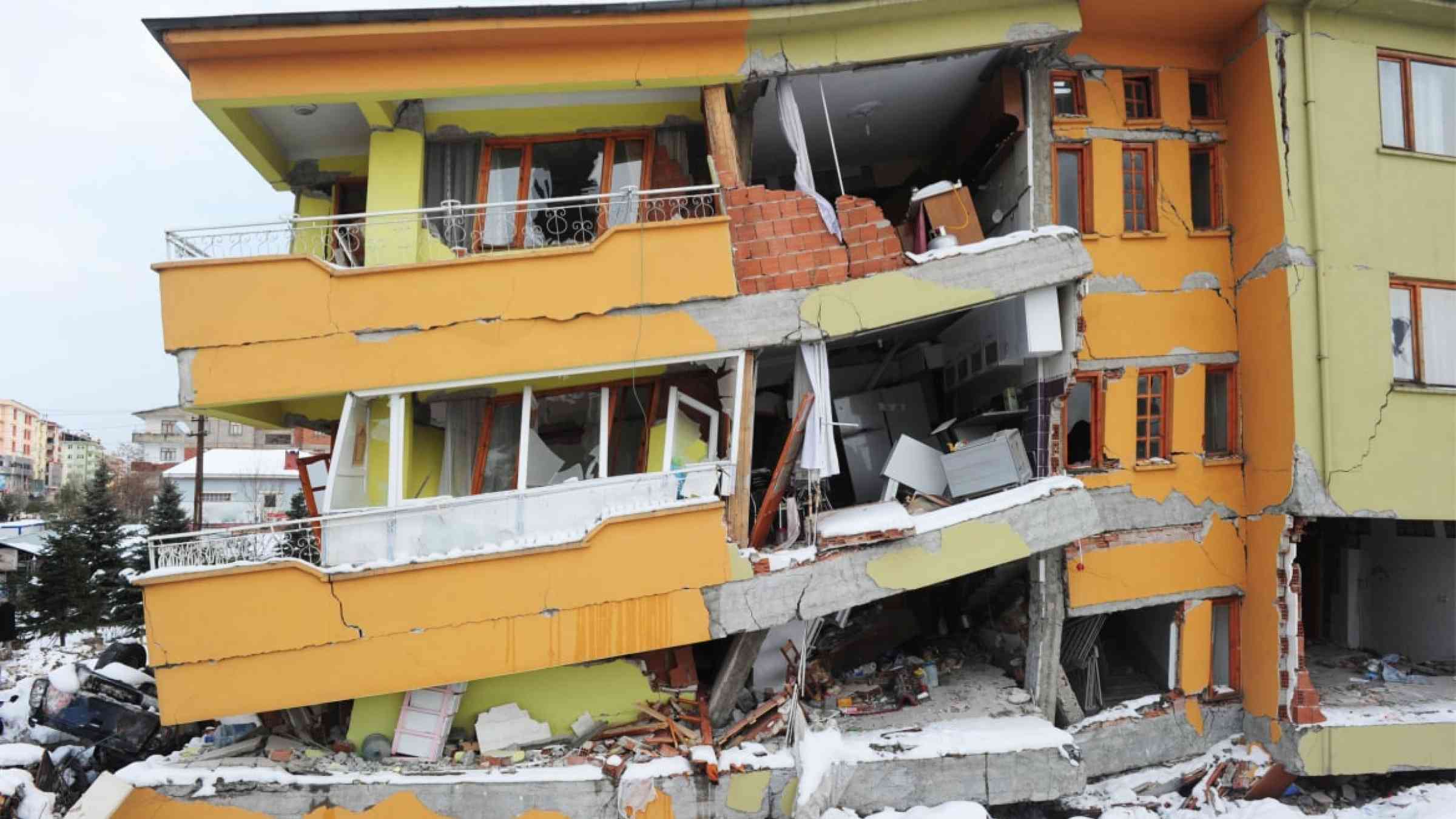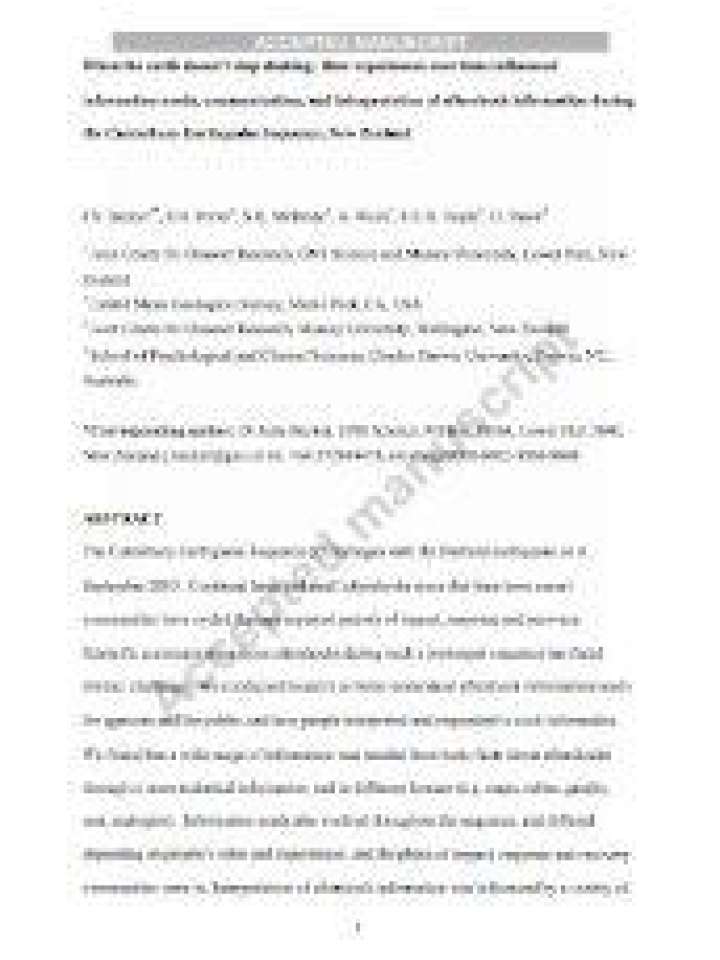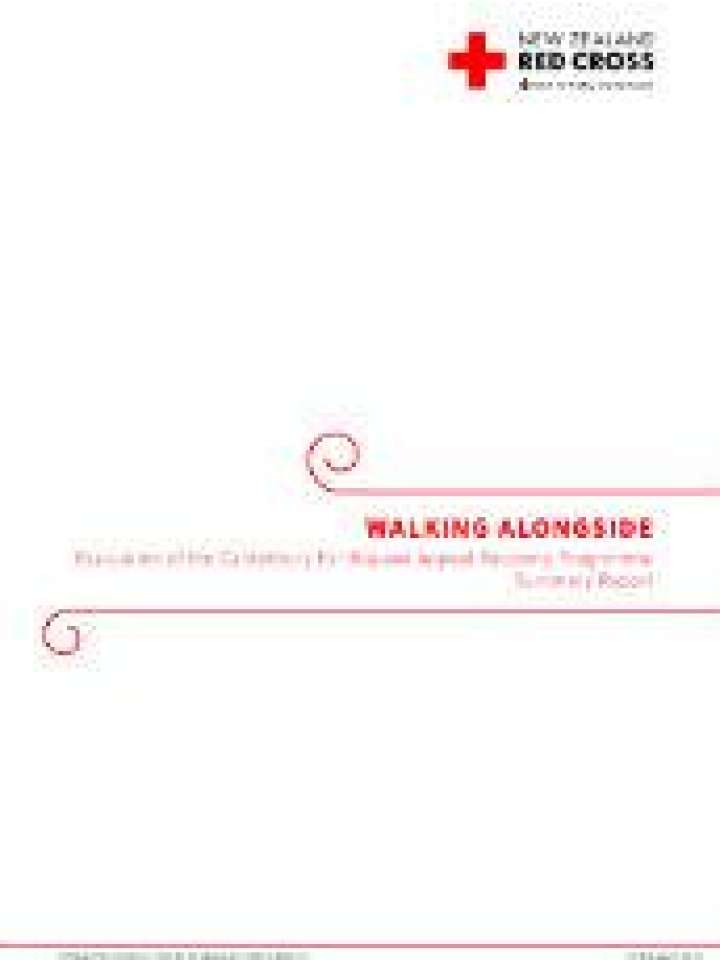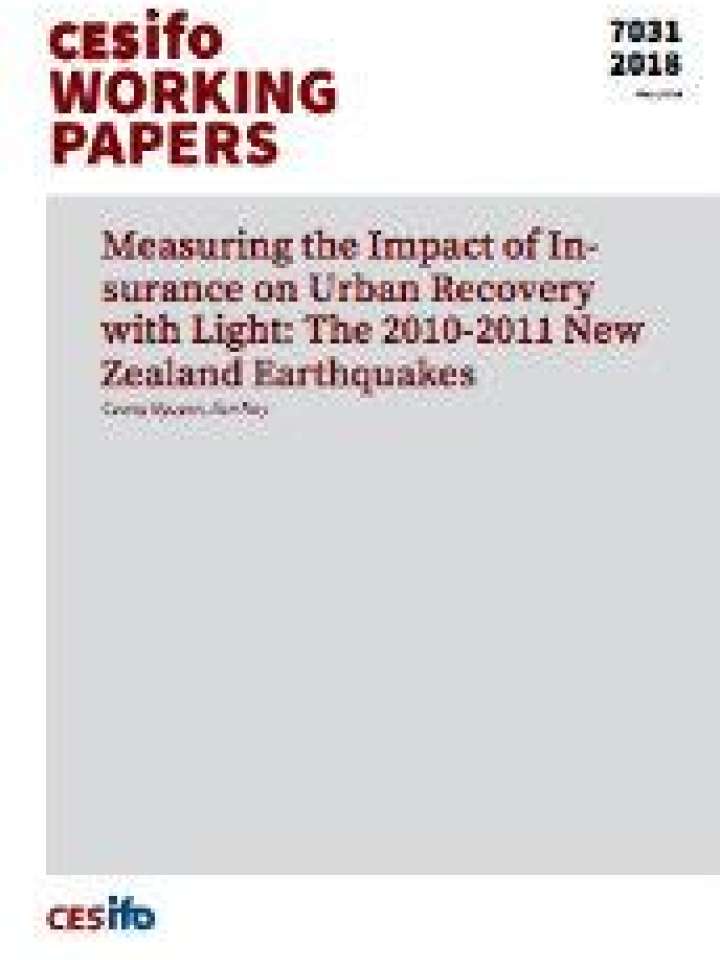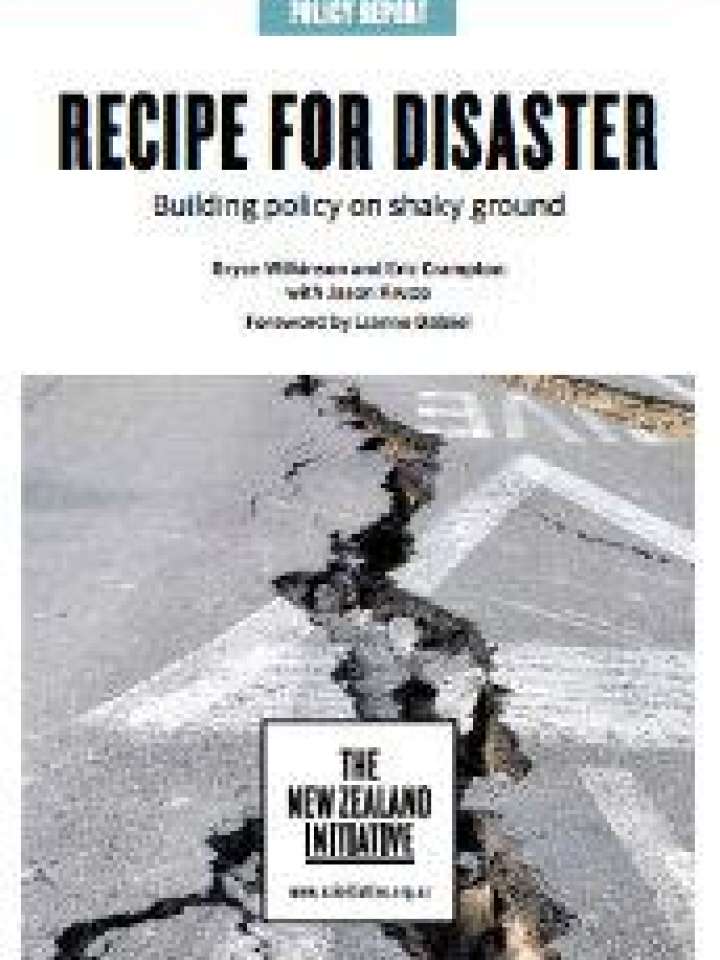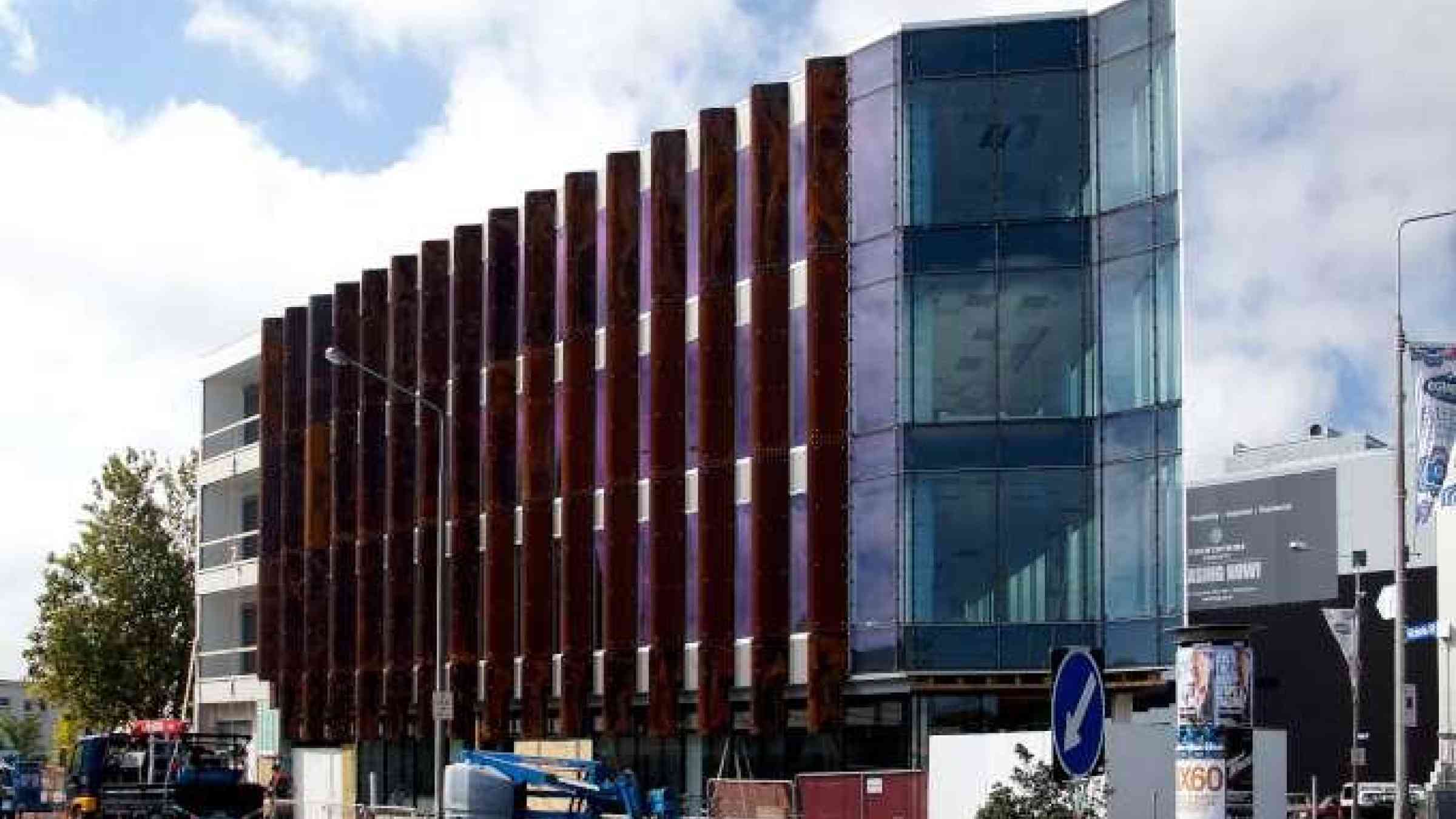Please help us improve PreventionWeb by taking this brief survey. Your input will allow us to better serve the needs of the DRR community.
- Home
- collections
New Zealand: Christchurch and Canterbury earthquakes 2010-2011
Image
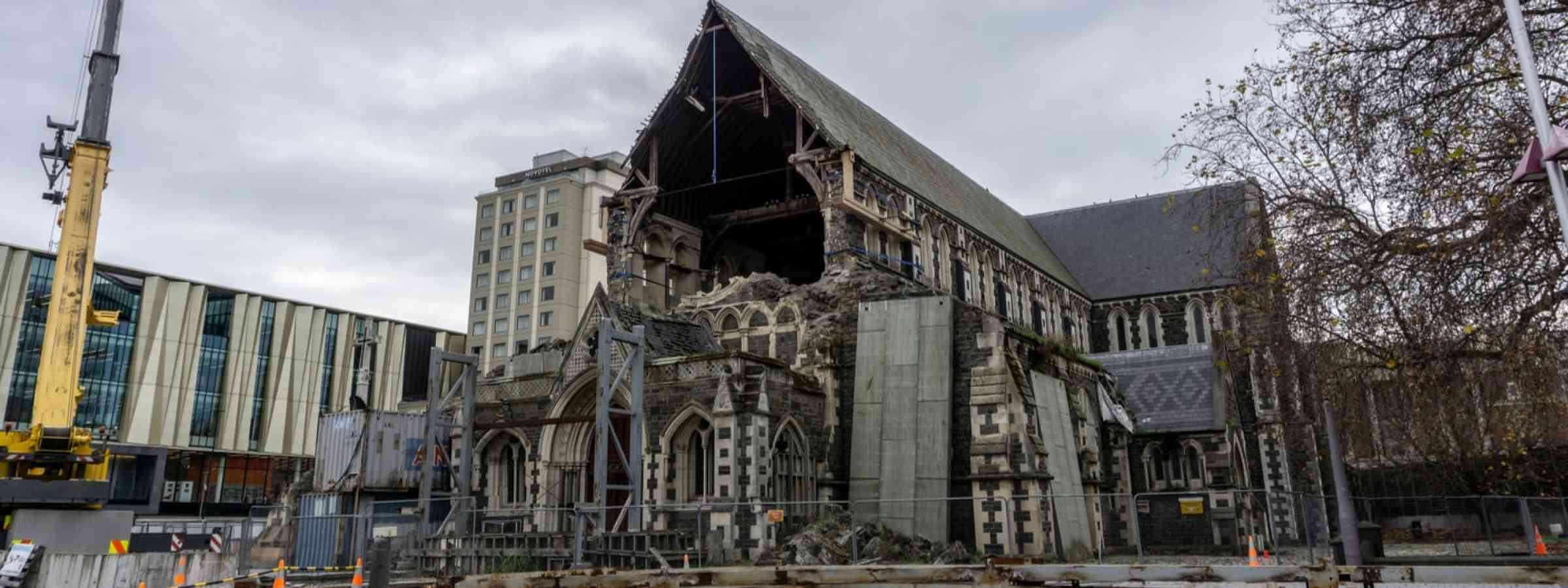
Introduction
A strong earthquake in Canterbury, New Zealand, triggered a series of aftershocks, including an earthquake that resulted in multiple deaths in Christchurch.
Knowledge base
Is this page useful?
Yes No Report an issue on this pageThank you. If you have 2 minutes, we would benefit from additional feedback (link opens in a new window).
